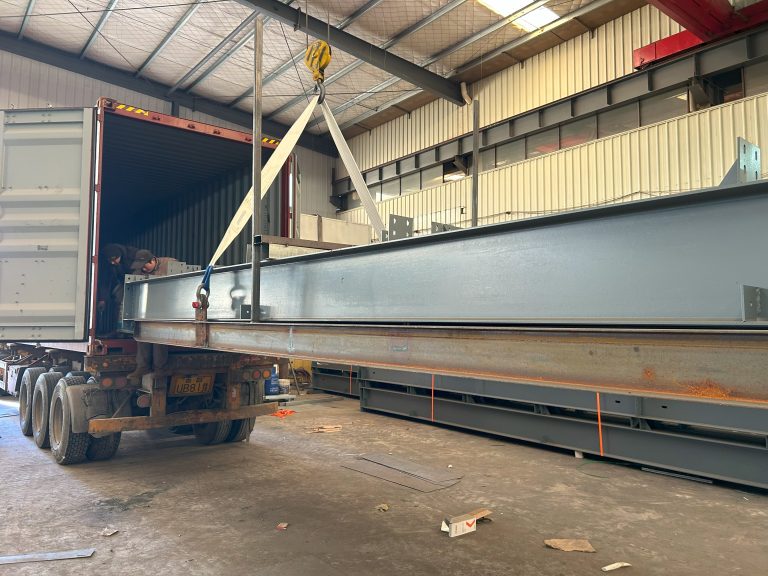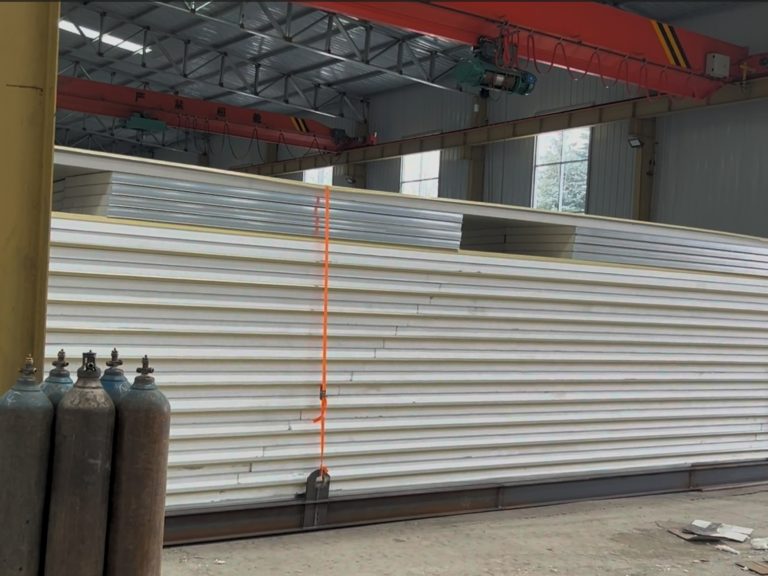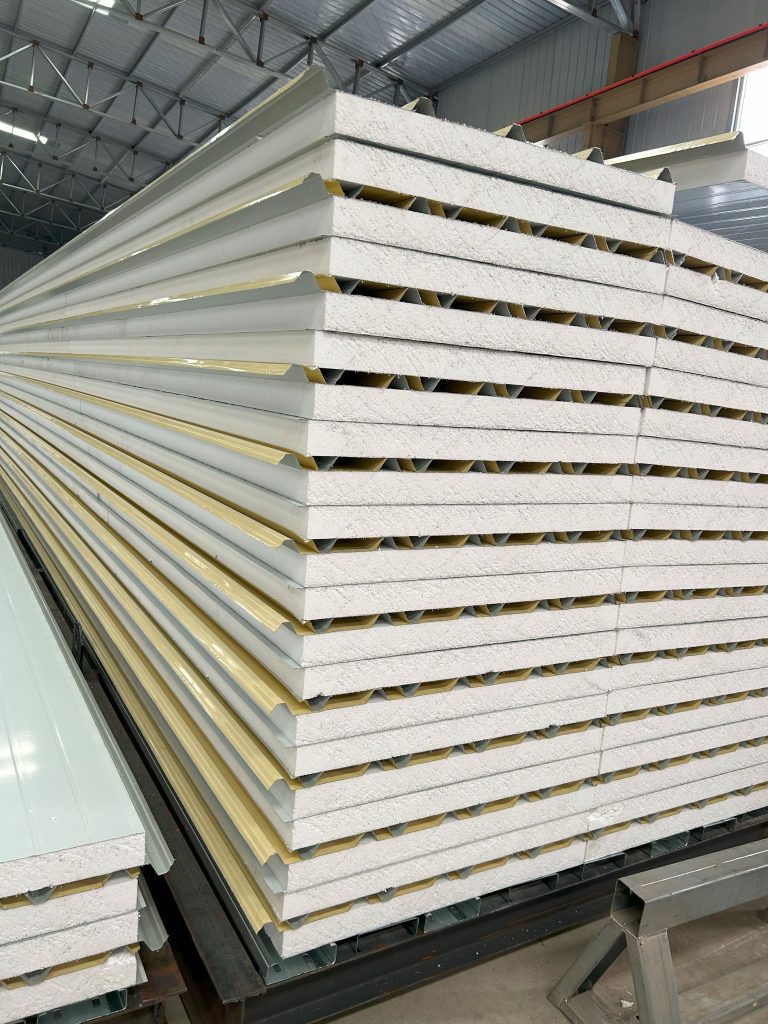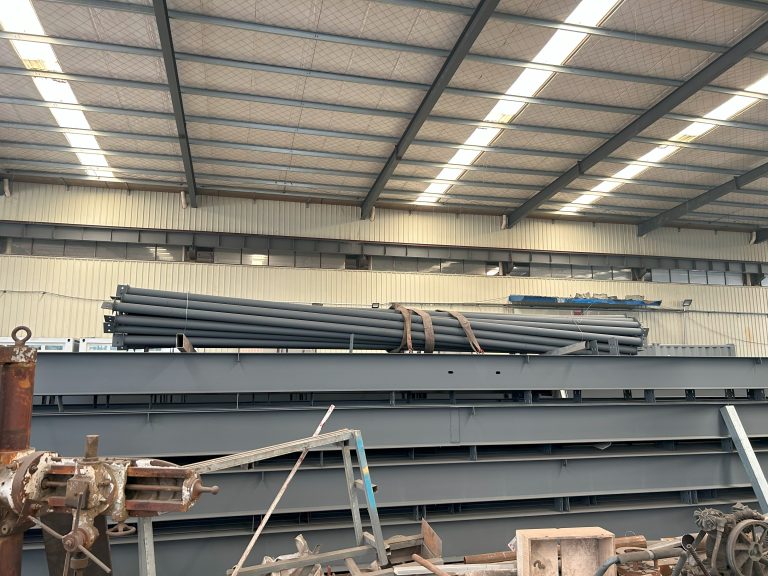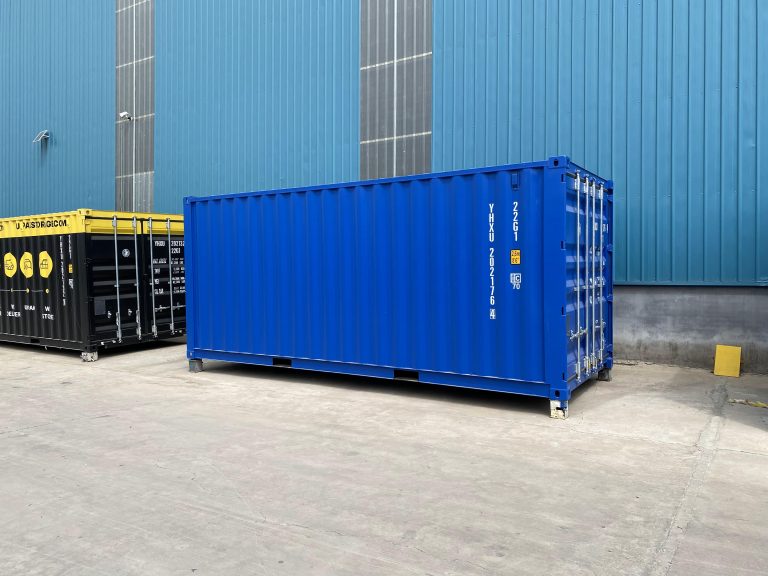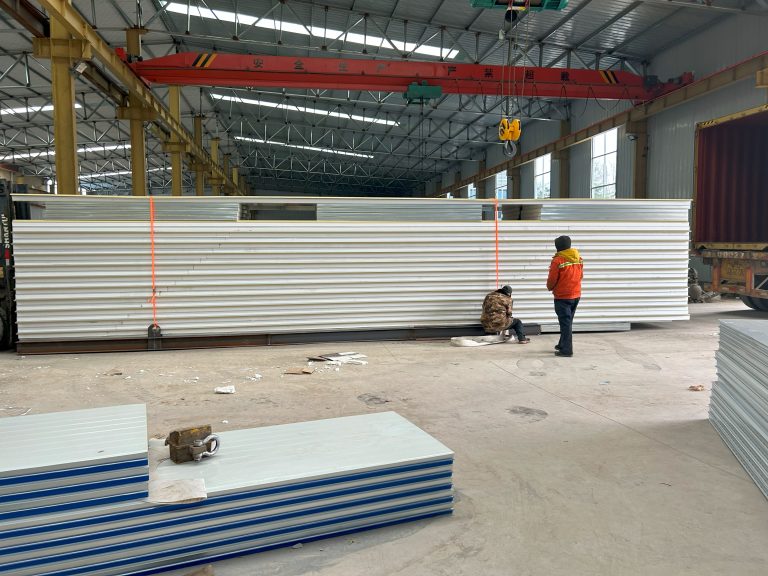Technological innovation and application of steel structure in intelligent power facilities
Table of Contents
Advancements in Smart Grid Technology for Efficient Energy Distribution
Technological innovation has played a crucial role in the development of intelligent power facilities, particularly in the application of steel structures. Steel structures have become increasingly popular in the construction of power facilities due to their durability, strength, and versatility. In this article, we will explore the advancements in smart grid technology and how steel structures are being utilized to enhance the efficiency of energy distribution.
One of the key benefits of steel structures in intelligent power facilities is their ability to support heavy equipment and machinery. Steel is known for its high strength-to-weight ratio, making it an ideal material for supporting large transformers, switchgear, and other essential components of a power facility. This strength also allows for the construction of taller and more complex structures, maximizing the use of available space and optimizing the layout of the facility.
In addition to their strength, steel structures are also highly durable and resistant to environmental factors such as corrosion, fire, and seismic activity. This durability ensures the longevity of the power facility and reduces the need for frequent maintenance and repairs. Steel structures are also easy to modify and expand, allowing for future upgrades and improvements to be made without significant disruption to the facility’s operations.
The use of steel structures in intelligent power facilities is not limited to the construction of the main building. Steel is also commonly used in the design of transmission towers, substations, and other infrastructure components that are essential for the efficient distribution of electricity. These structures are designed to withstand extreme weather conditions and provide reliable support for power lines and equipment, ensuring the uninterrupted flow of electricity to consumers.
Smart grid technology has further enhanced the efficiency of energy distribution by incorporating advanced communication and control systems into power facilities. These systems allow for real-time monitoring and management of electricity flow, enabling operators to quickly identify and address any issues that may arise. Steel structures play a crucial role in supporting the installation of these systems, providing a secure and stable platform for the integration of sensors, meters, and other devices.
The integration of smart grid technology and steel structures has revolutionized the way power facilities are designed and operated. By combining the strength and durability of steel with the intelligence and flexibility of modern technology, power companies are able to improve the reliability, safety, and efficiency of their operations. This not only benefits the utility companies themselves but also the consumers who rely on a consistent and uninterrupted supply of electricity.
In conclusion, the application of steel structures in intelligent power facilities has significantly contributed to the advancement of smart grid technology and the efficient distribution of energy. The strength, durability, and versatility of steel make it an ideal material for supporting the complex infrastructure of power facilities, while smart grid technology enhances the monitoring and control of electricity flow. Together, these innovations have transformed the way power is generated, transmitted, and consumed, paving the way for a more sustainable and reliable energy future.
Integration of Steel Structures in Renewable Energy Power Plants
Technological innovation has played a crucial role in the development of intelligent power facilities, particularly in the integration of steel structures in renewable energy power plants. Steel structures have become increasingly popular in the construction of power facilities due to their durability, strength, and versatility. In this article, we will explore the various ways in which steel structures are being utilized in intelligent power facilities and the benefits they bring to the renewable energy sector.
One of the key advantages of using steel structures in power facilities is their ability to support heavy loads and withstand harsh environmental conditions. Steel is known for its high strength-to-weight ratio, making it an ideal material for supporting large solar panels, wind turbines, and other renewable energy equipment. Additionally, steel structures can be easily customized to fit the specific needs of a power facility, allowing for greater flexibility in design and construction.
Another benefit of using steel structures in power facilities is their cost-effectiveness. Steel is a relatively inexpensive material compared to other construction materials, such as concrete or wood. This makes it an attractive option for developers looking to reduce construction costs without compromising on quality or durability. Additionally, steel structures are quick and easy to assemble, reducing construction time and labor costs.
In addition to their durability and cost-effectiveness, steel structures also offer environmental benefits. Steel is a highly recyclable material, with a recycling rate of over 90% in the United States. This means that steel structures can be easily dismantled and recycled at the end of their lifespan, reducing waste and minimizing the environmental impact of power facility construction.
The integration of steel structures in intelligent power facilities has also led to advancements in technology and innovation. Steel structures can be designed to incorporate smart technologies, such as sensors and monitoring systems, that allow for real-time data collection and analysis. This data can be used to optimize the performance of renewable energy equipment, improve energy efficiency, and reduce maintenance costs.
Furthermore, steel structures can be designed to be modular and scalable, allowing for easy expansion and upgrades as power facility needs evolve. This flexibility is particularly important in the renewable energy sector, where technology is constantly evolving and improving. Steel structures can be easily adapted to accommodate new equipment and technologies, ensuring that power facilities remain efficient and competitive in the rapidly changing energy market.
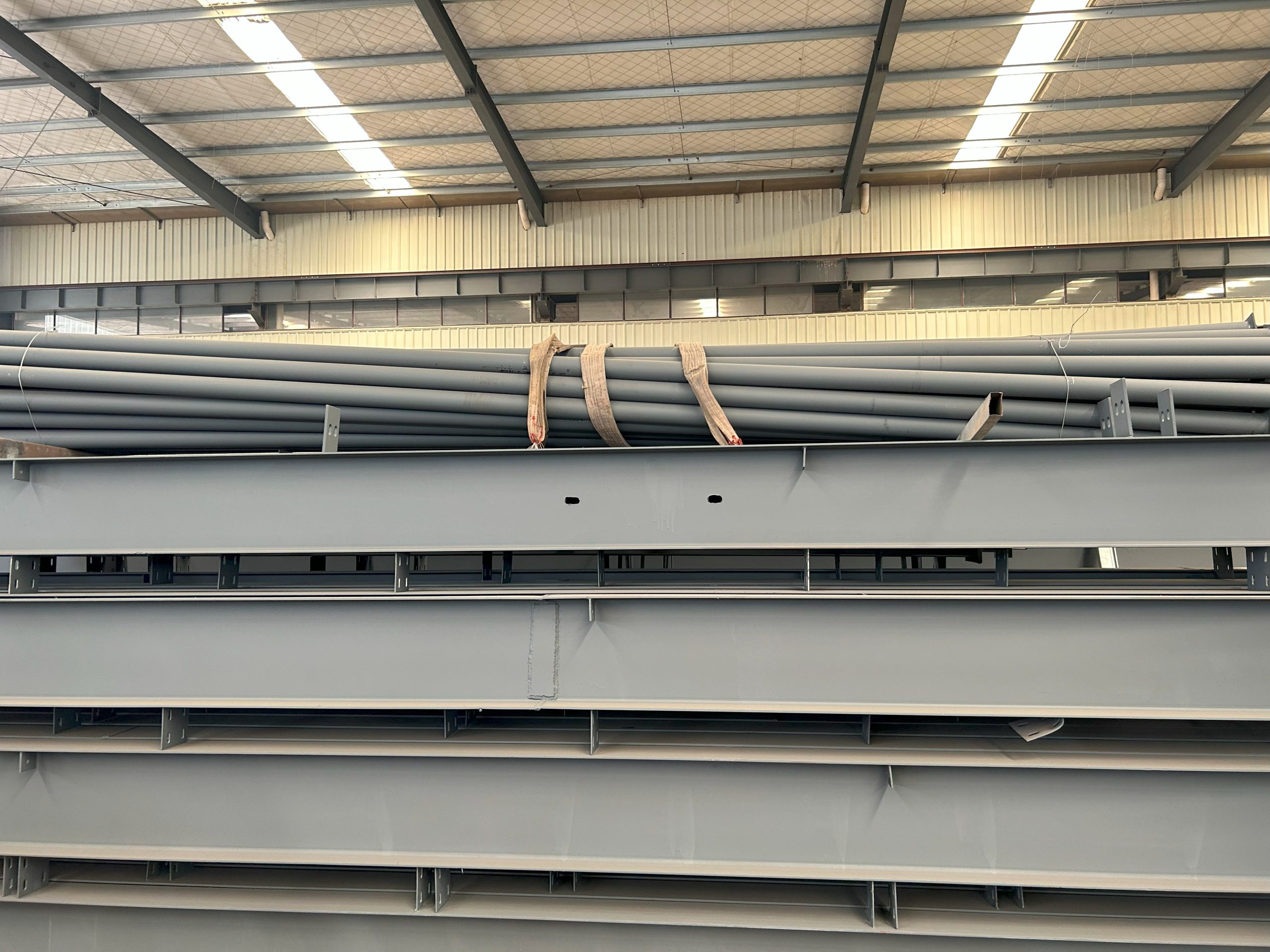
In conclusion, the integration of steel structures in intelligent power facilities has revolutionized the renewable energy sector. Steel structures offer a wide range of benefits, including durability, cost-effectiveness, environmental sustainability, and technological innovation. By utilizing steel structures in the construction of power facilities, developers can create efficient, reliable, and sustainable energy solutions that meet the growing demand for renewable energy. As technology continues to advance, steel structures will play an increasingly important role in shaping the future of intelligent power facilities.

